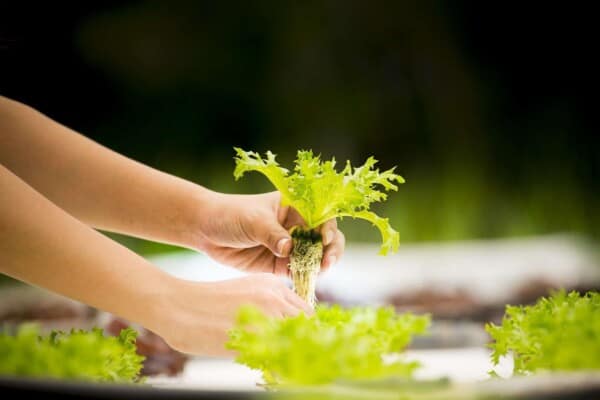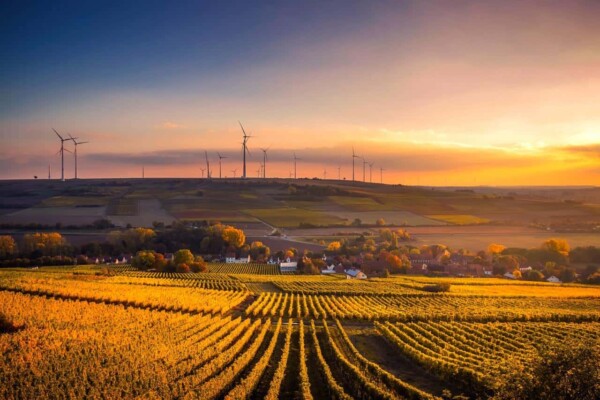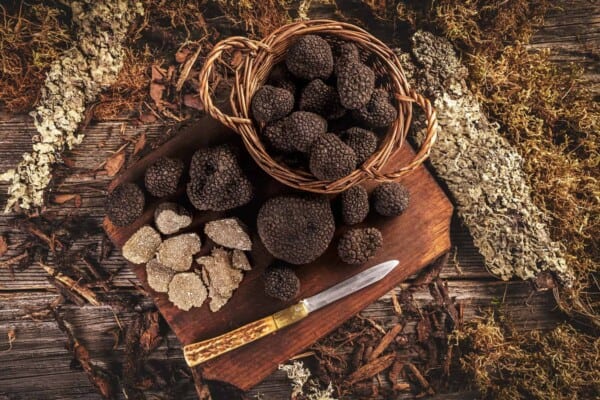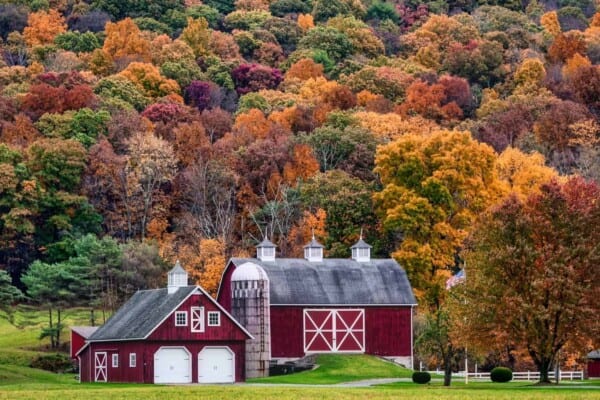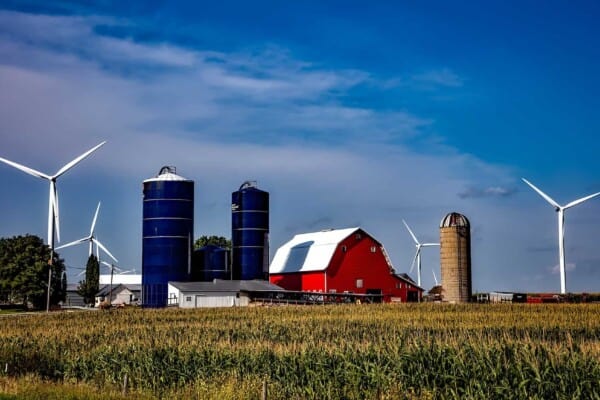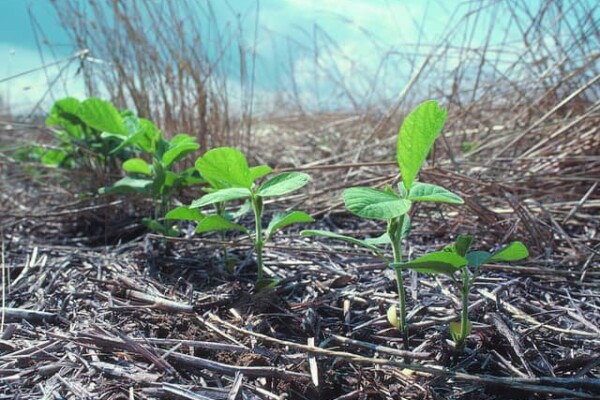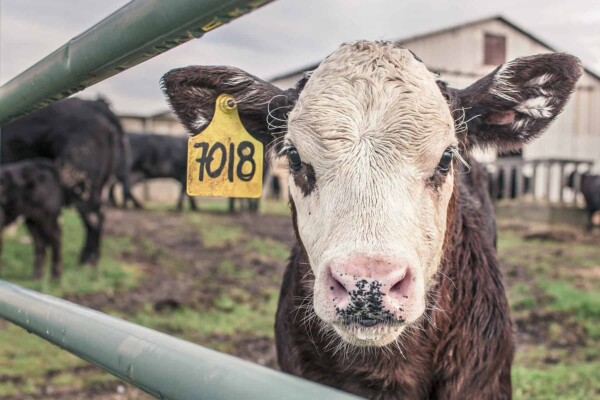Farming may very well be one of the most unique activities that we ever came up with because honestly there are so many layers to it that most people can end up spending their whole lives working on the field and yet they will still have a lot more to learn before they can say they mastered it.
This is why for today we actually decided to take a step back and provide you with a comprehensible guide on one of those farming niches that is actually ignored or downright avoided by most people.
Regardless of whether you’re new to the game or if you’ve been farming for a lifetime now you need to understand that mushroom farming is very much so an incredible tool that you can make use of in order to make a profit.
So, if that sounds like something that you’d be interested in then keep on reading because in this guide we will actually provide you with everything there is to know about mushroom farming, including how you can make use of it and how it and every other secret that comes with it.
Before we delve into that though how about we just try to provide you with the basics as far as mushroom farming goes so that you know exactly what you’re dealing with.
What is Mushroom Farming?
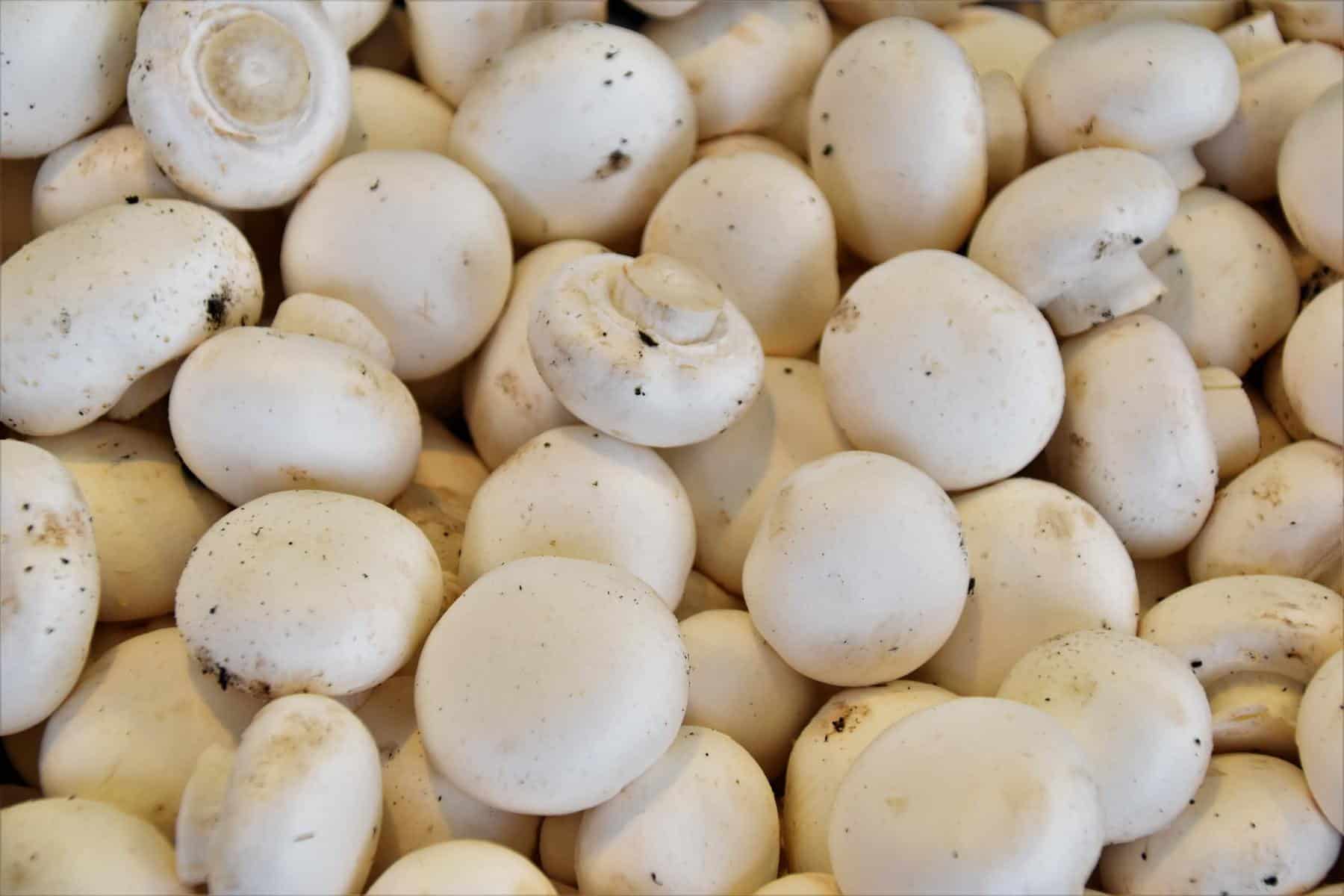
As the name implies, mushroom farming essentially just refers to the process of growing fungi on your own farmland, either for the sake of commercializing it or just for personal use.
You will also find this process known as the fungi culture in some places, but for the most part you can simply refer to it as a mushroom farm business and you’ll do just fine.
In simple terms, actually growing the mushrooms isn’t all that different from growing any other vegetable out there, but on closer inspection you will immediately see just how unique growing mushrooms can really be.
For now though let’s just take a second to show off the many advantages to growing mushrooms for yourself, including the following:
- A mushroom farm is actually quite convenient considering the fact that the mushrooms themselves can be grown all year-round. This means that unlike with other venues you will actually be able to make a profit consistently as opposed to working a lot for 6 months a year and then standing around for the rest.
- Secondly, as opposed to most other veggies or fruits out there, mushrooms can either be grown outdoors or indoors, meaning that you can actually forget about having to deal with bad weather every now and then since your produce will always be safe and sound inside of your house.
- Thirdly, every part of the mushrooms gets used, including the bad ones. Any waste that may be left from your harvesting can actually be used since the mushrooms themselves are organic materials so you never have to worry about that.
- Fourth, if you do decide to go into mushroom farming for your own consumption then you’ll be more than happy to hear that eating mushrooms is very healthy, and since they’re full of protein you’ll end up being healthier than ever by adding them to your diet.
- Fifth, actually starting up is nowhere near as expensive as most people would think, especially if you’re in it just for your own consumption. It can literally start off as a hobby and if you do want it to be something more then you can invest more into it, if not then just leave it at that.
- Last but not least, in order to actually get started with farming your mushrooms all that you’ll need is an empty warehouse or industrial building and voila, you’ll have yourself hundreds of mushrooms growing in no time.
Mushroom Farming in the United States
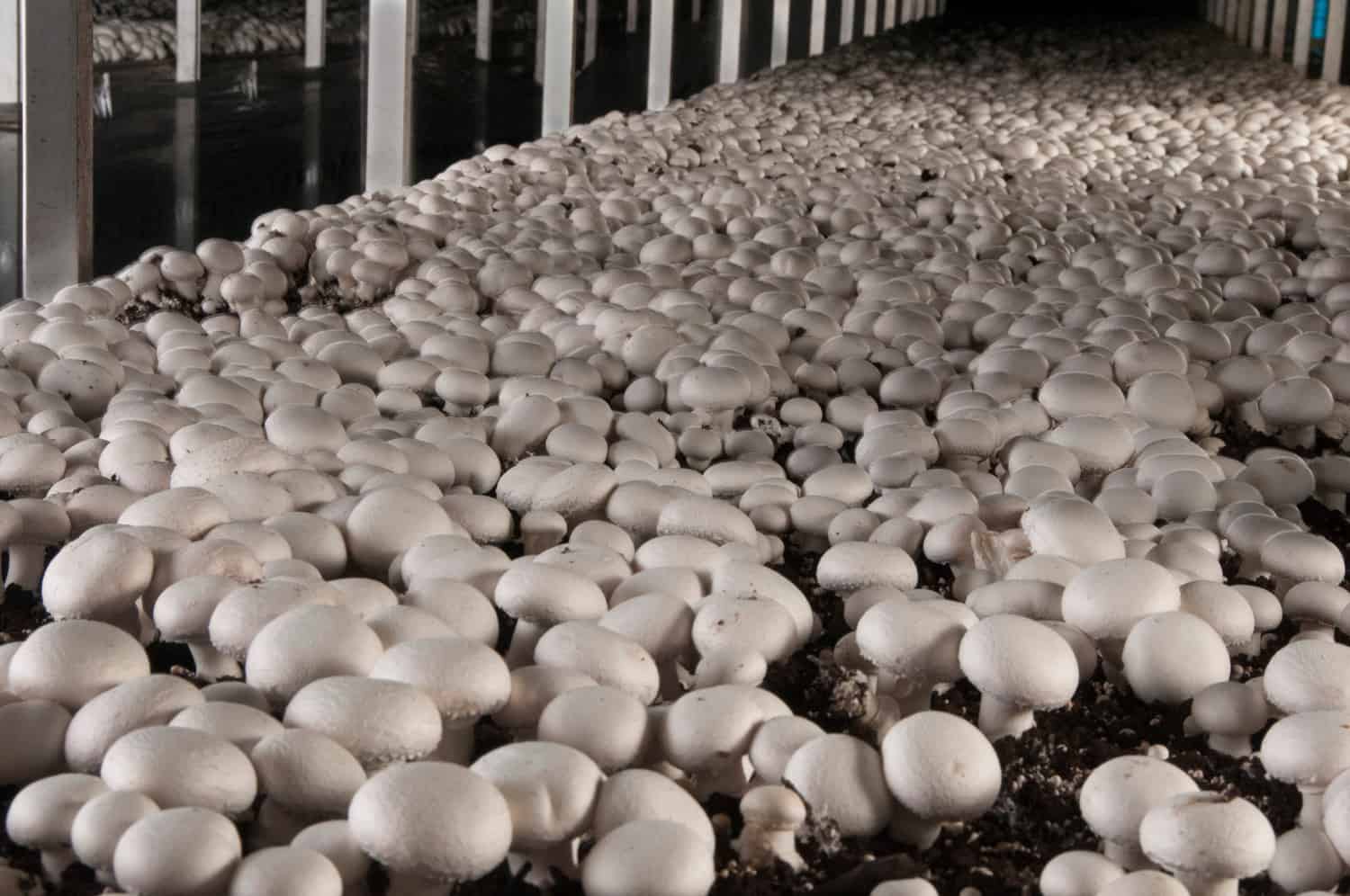
Back in 2018-2019, it was practically unheard of to actually find a local mushroom farmer that you can trust with their produce. Luckily however, as time moved on more and more people started to realize just how profitable this niche can be so it’s really developed a lot over the years.
As of 2022, the market has pretty much exploded to the point where it’s surpassed the $50 billion mark by now. Experts have also claimed that by 2028 we’ll see the market value increase even further, with a monumental 9.5% annual increase so far.
You do need to keep in mind however that as soon as you harvest the mushrooms you need to sell them since they typically only last for 1-3 days afterwards.
What you can do however is you can literally get your produce dried, frozen, canned, pickled or even powdered so that it will last you a lot longer and you’ll be able to produce a lot more on your own.
As of today, the US is the world’s second largest producer of mushrooms, but weirdly enough they are not the main consumers. This title goes to the Europeans as that’s where most of the produce actually ends up being sold off to.
What this means for you though is that you will need to get your harvested mushrooms shipped off as soon as possible and from the moment they cross the sea you will find yourself making a profit in no time.
Starting a Mushroom Farm Business
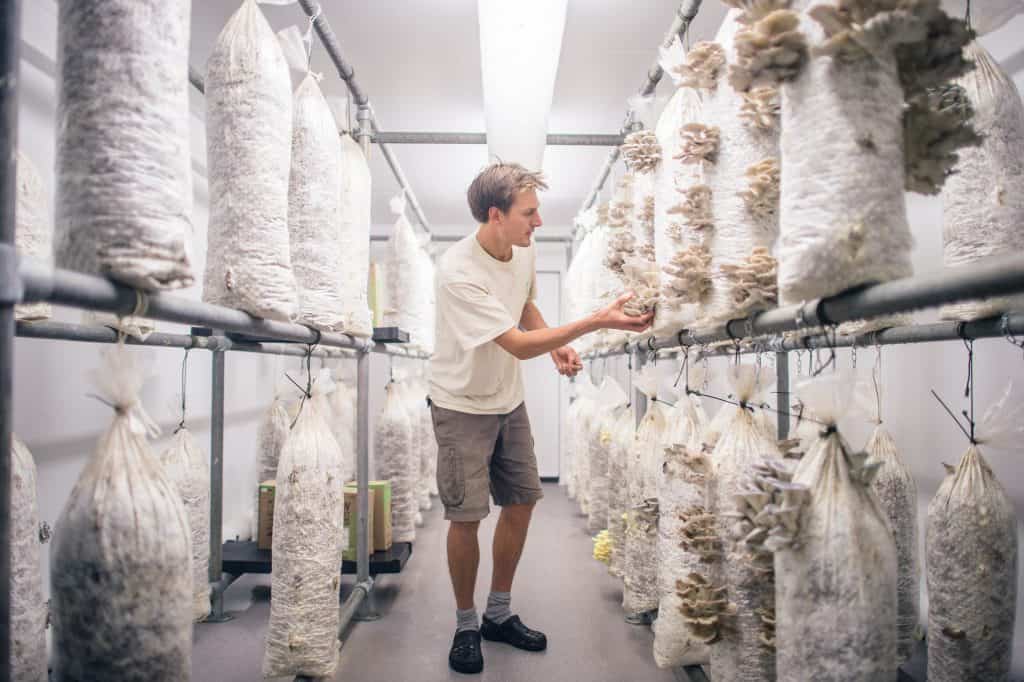
The main question that most people have when it comes to starting off their mushroom farm is always going to be whether they can start up without having all that many funds to spare on the work. Luckily though, our answer is pretty much universal by now since getting started as a mushroom farmer can be done by anyone, regardless of what starting budget they have at their disposal.
You can start working with a mere $5,000 in your bank account, and as time moves on you can end up putting more and more money into it until you can properly live off of this steady flow of income. This will be as soon as you reach the $100,000 mark or so, since that’s around when people know that they want to be a part of this niche and most importantly this is right after they’ve gotten a taste of the profit and they know they can handle the process altogether.
When you’re getting started you need to find the right space for you to start your mushroom farming in which can be quite tedious to be honest. You will be flooded with different options but what you need to do is you’ll need to find the perfect one for you without ever looking back at what other options there were out there.
We recommend always looking for a building with concrete floors, but at the same time you need to make sure that you’ve got enough room in there to also put in some ventilation and temperature control machines to facilitate your mushrooms’ growth. When we were ready to start, we went with a 500 square foot space, and thanks to it we managed to produce around 12,000 pounds of mushrooms every year. This in itself was great since we sold the mushrooms for $7 per pound which gave us a solid income the whole time.
So, if our calculations are correct then you should easily be able to make your money back by the time your first year in the business has passed. You can make around $120,000 during your first year after you spent around $100,000 on starting up your business.
You can literally triple your profits by the third year, so if you’re scared of starting up because you feel like you haven’t put enough money into it to come out on top, remember that the more money you invest, the more you’ll make, so don’t be discouraged if you don’t have the largest startup budget.
Step by Step Guide on How to Start a Mushroom Business
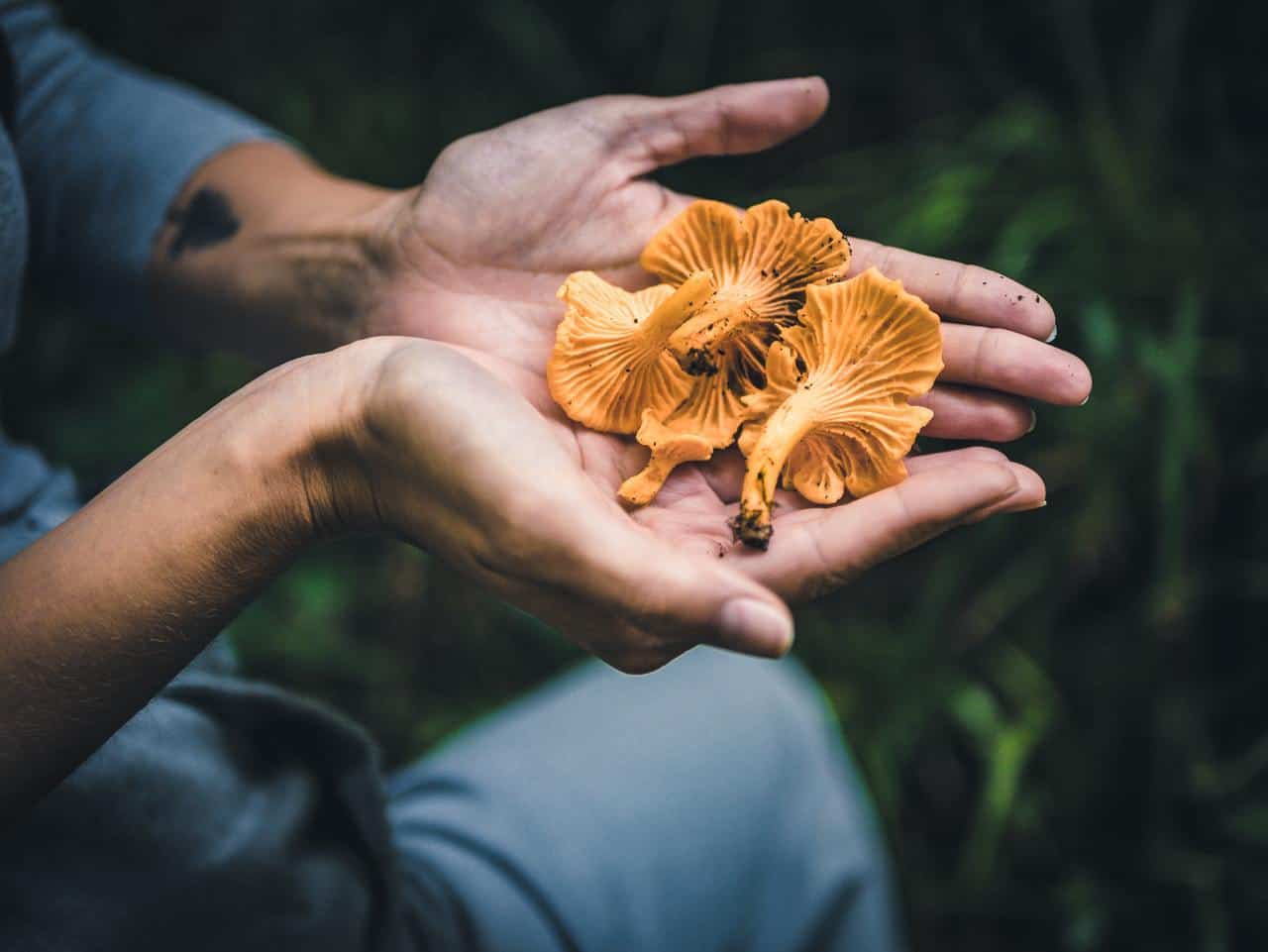
Chances are that if you’ve read everything that we wrote so far then you already know that you want to take this step and become a fully fledged mushroom farmer. In that case, welcome to the farmhouse, we’re happy to have you amongst us!
But with that being said, it’s about time that we delivered on the industry secrets we promised before. So, without further ado, here is our step-by-step guide on how you can start a mushroom business today:
Step 1 – Plan Out Everything
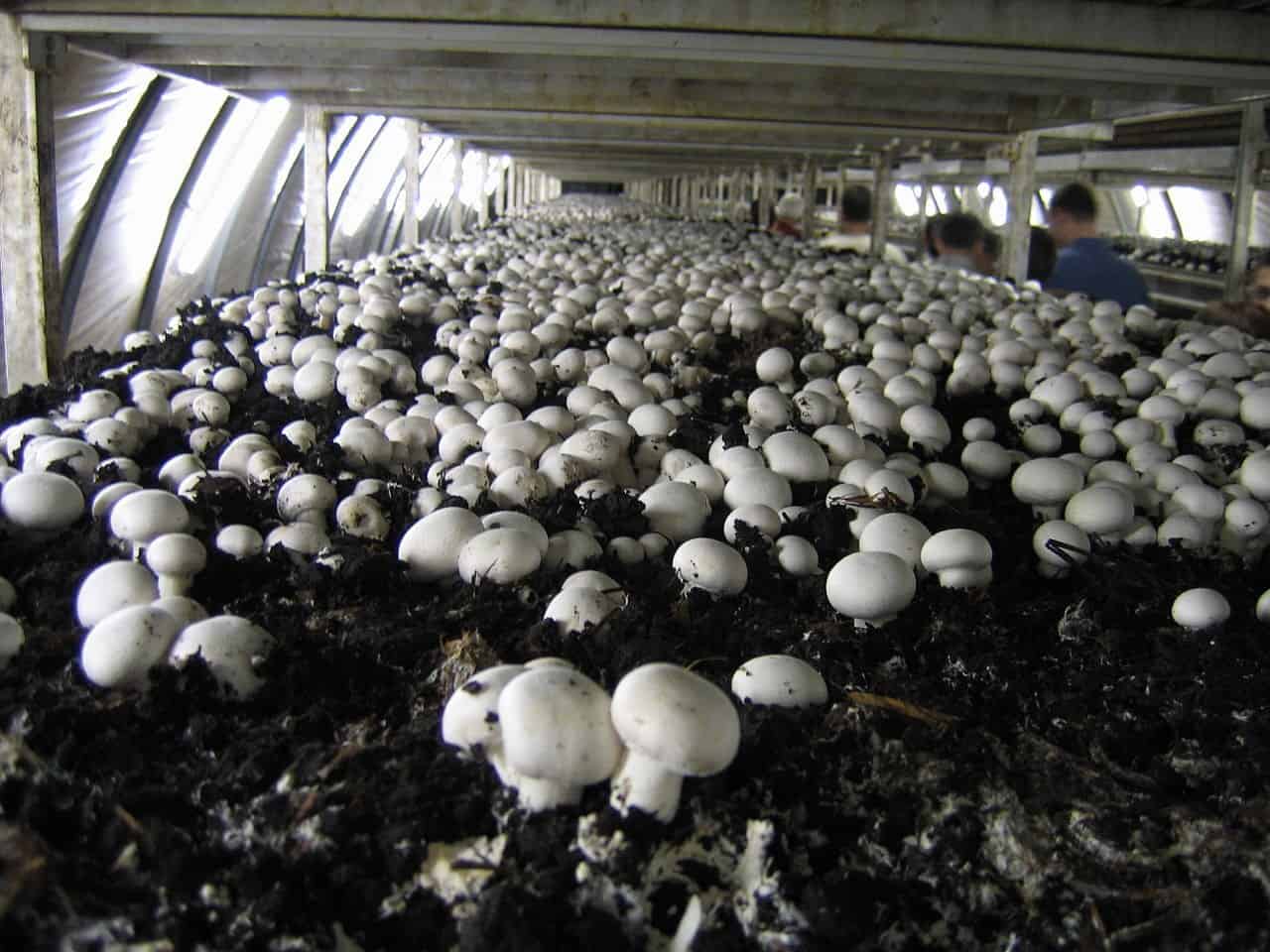
As should be the case with everything else in life, you need to take a second or two in order for you to actually write a list of everything that you will need during your startup process. This includes the following:
- You will need a large empty space to store all of your mushrooms in.
- You will need ventilation, temperature and light control since you’ll be mostly growing the mushrooms inside.
- You will need it to be close to a market so you save up on the transportation costs.
- You will need some way to remove the odor which will pile up the more mushrooms you farm.
- You will need to develop a close relationship with agricultural neighbors that are going to be willing to offer you the supplies that you will need on your journey, including manure and so on and so forth.
Step 2 – Do Your Research

Besides what we talked about above, you will also need to know everything there is to know about mushrooms so that you can react appropriately to any problem that you may come across on the long run.
For example, did you know that mushrooms produce millions if not billions of microscopic spores every day? These spores are the main reason as to why you need ventilation systems altogether so you should definitely be accustomed to them.
You also need to know what spawn making is. In simple terms, it refers to the germination of spores, which will result in you getting the Mycelium ready. The Mycelium are the spores that you get after you’re done germinating them.
Last but not least for now you have the spawn itself which is the produce that you’ll be packing up and shipping off seas.
You can learn all about the mushrooms themselves from online sources, although we always recommend taking a course in college since that will be a lot more effective on the long run.
Step 3 – Design Your Mushroom Farm
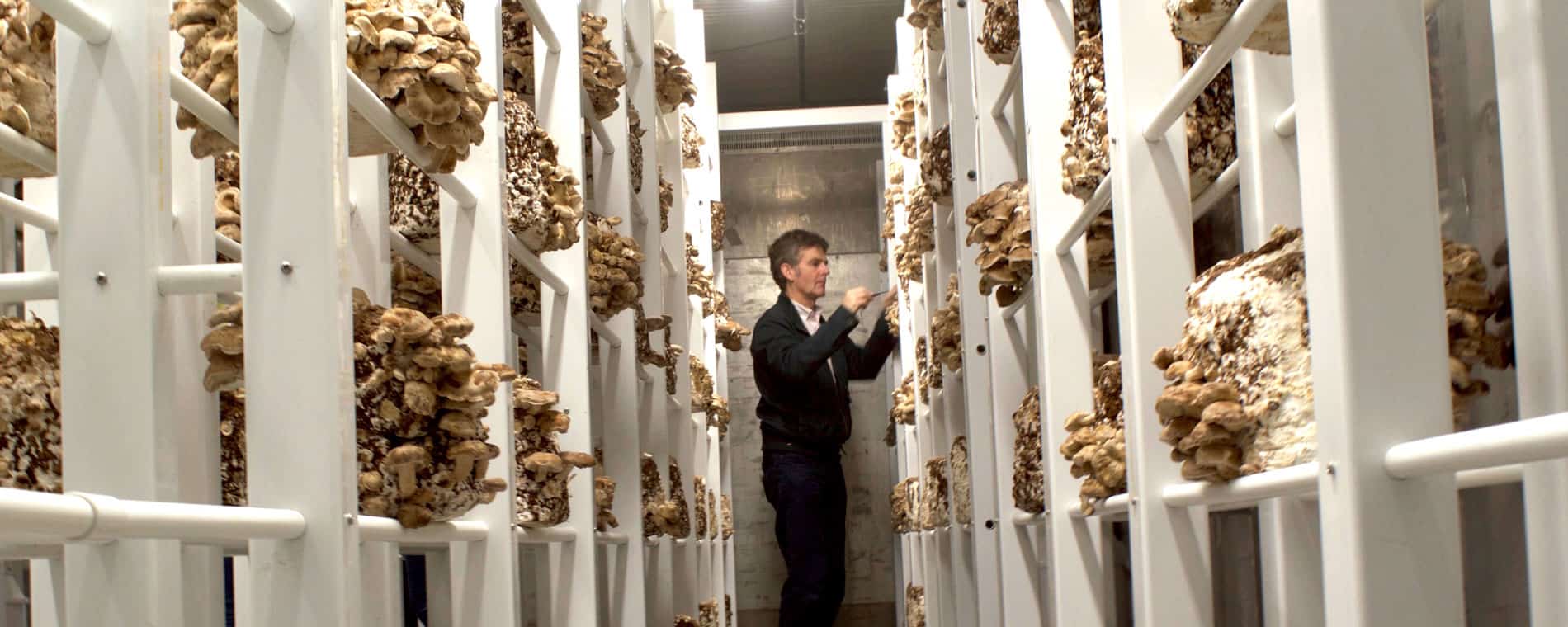
When it comes to designing your mushroom farm you will need to choose between three different options altogether:
- A Zoned Design – this refers to you packing up the compost around 6 feet high above the ground level in special trays.
- A Bed or Shelf Design – this refers to you essentially just using a single room for all the stages at once.
- A Bulk System Design – this is by far the most complicated of the three, with your compost going inside of an insulated tunnel. This tunnel will then lead the manure underneath the floor, thus being released through aeriation holes to facilitate the growth of the mushrooms
Step 4 – Get the Materials and Equipment
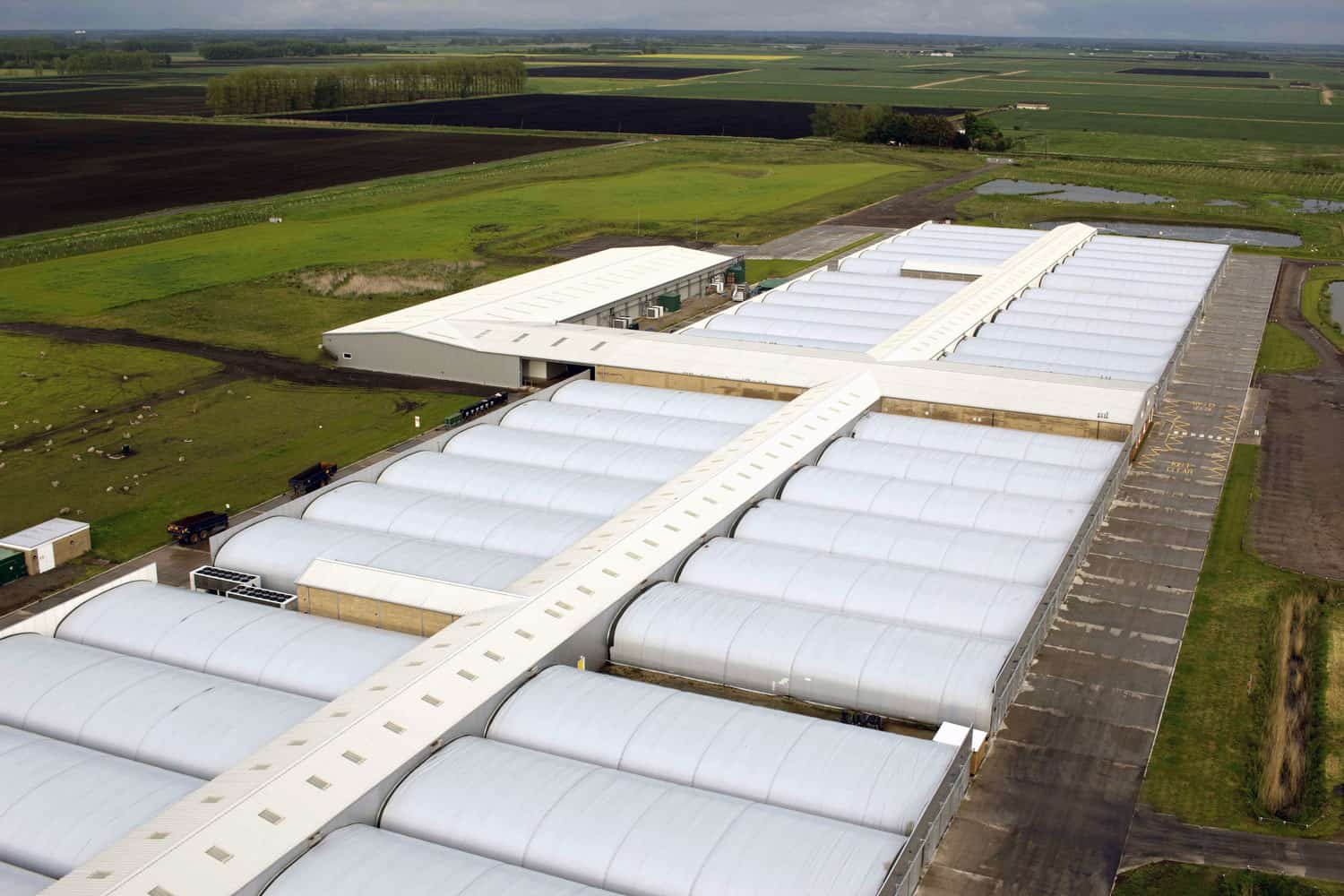
Getting the actual materials and equipment can be quite hard at first glance, but if you’ve been following our steps properly then this shouldn’t be a problem to you. Why? Because you are in good terms with the local agricultural pioneers so you should be able to get a stellar deal in no time.
Even though mushroom farming is pretty different than traditional farming, our article on tools that every farmer needs might help you a bit.
Step 5 – Choose the Perfect Mushrooms for You
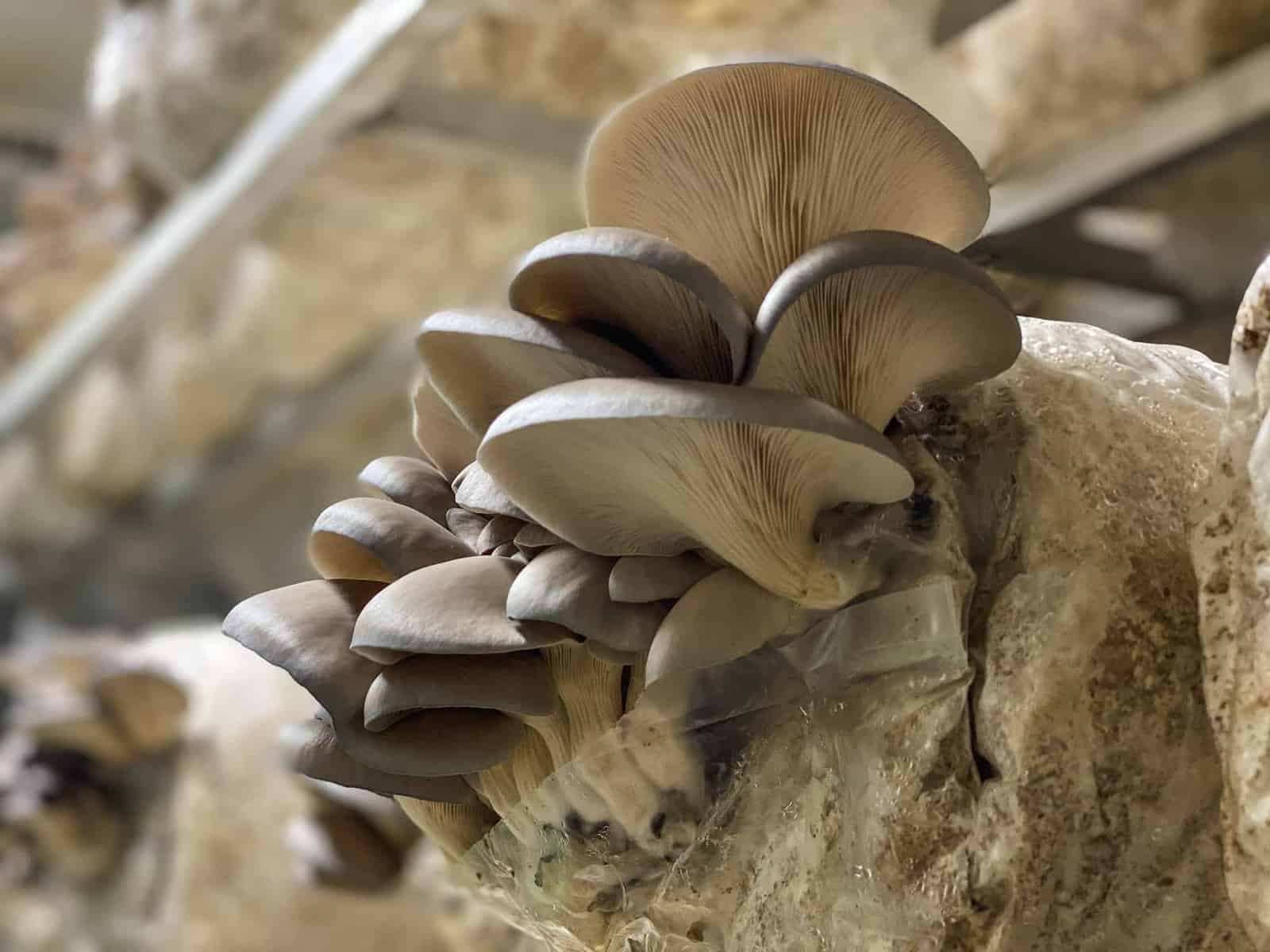
Picking out the perfect mushrooms can again be quite scary at first since you have hundreds upon hundreds of varieties to choose from, right? Well actually, no, in reality you only have three different sorts that you can choose from:
- Smooth White
- Off-White
- Brown
Each of these types is then spread across eight different strains which you can choose from. There isn’t all that much of a difference between the eight types as much as there is between the three main varieties.
So, how can you choose between them? Simple, really, you just look at what is most popular in your market and you work off of that. As silly as it may sound, this is the most surefire method that you can take advantage of in order to make a profit.
Shiitake for example is great if you want to sell in its dry form. It is one of the most popular dry-form mushrooms on any markets, so you can be sure that you’ll be making a profit off of it in no time.
The oyster mushrooms are also worth mentioning. Although they are a bit harder to sell, they typically go for a higher price tag since they’re mostly used by restaurants as delicacies.
Cremini and Portobello mushrooms on the other hand are very flavorful in their own right, meaning that they’ll often times sell for a lot depending on whether they’re popular in your market and so on and so forth.
Step 6 – Get a Team
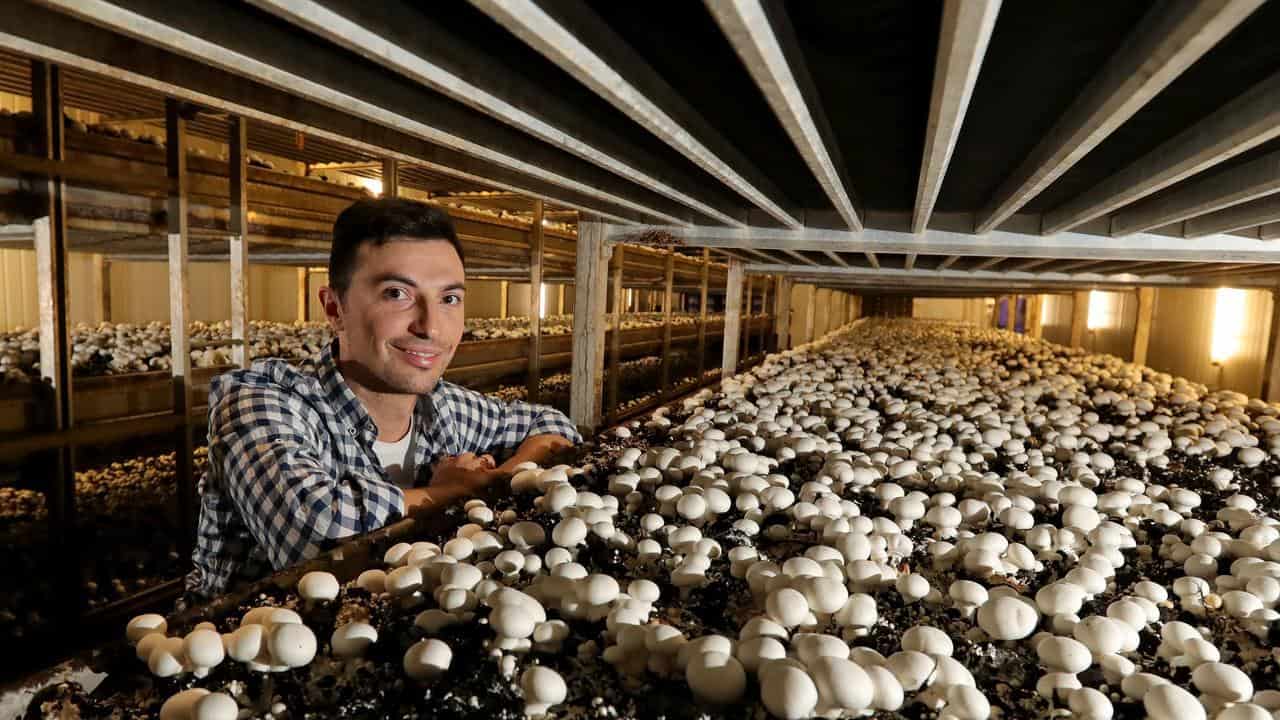
Sure, when you’re getting started, you will want to reduce the costs of everything as much as possible, to the point where you’ll probably even try to be a one-man company for a while.
But as you increase your produce and you start making more and more money there’s no reason as to why you wouldn’t want to invest in getting a team going there too.
A lot of your farm will be automated, with the temperature and moisture control for example not needing any human touch whatsoever, but you will still need people to monitor your mushrooms on the daily to make sure you don’t lose any of them for any reason whatsoever.
Step 7 – Start Marketing Your Mushrooms
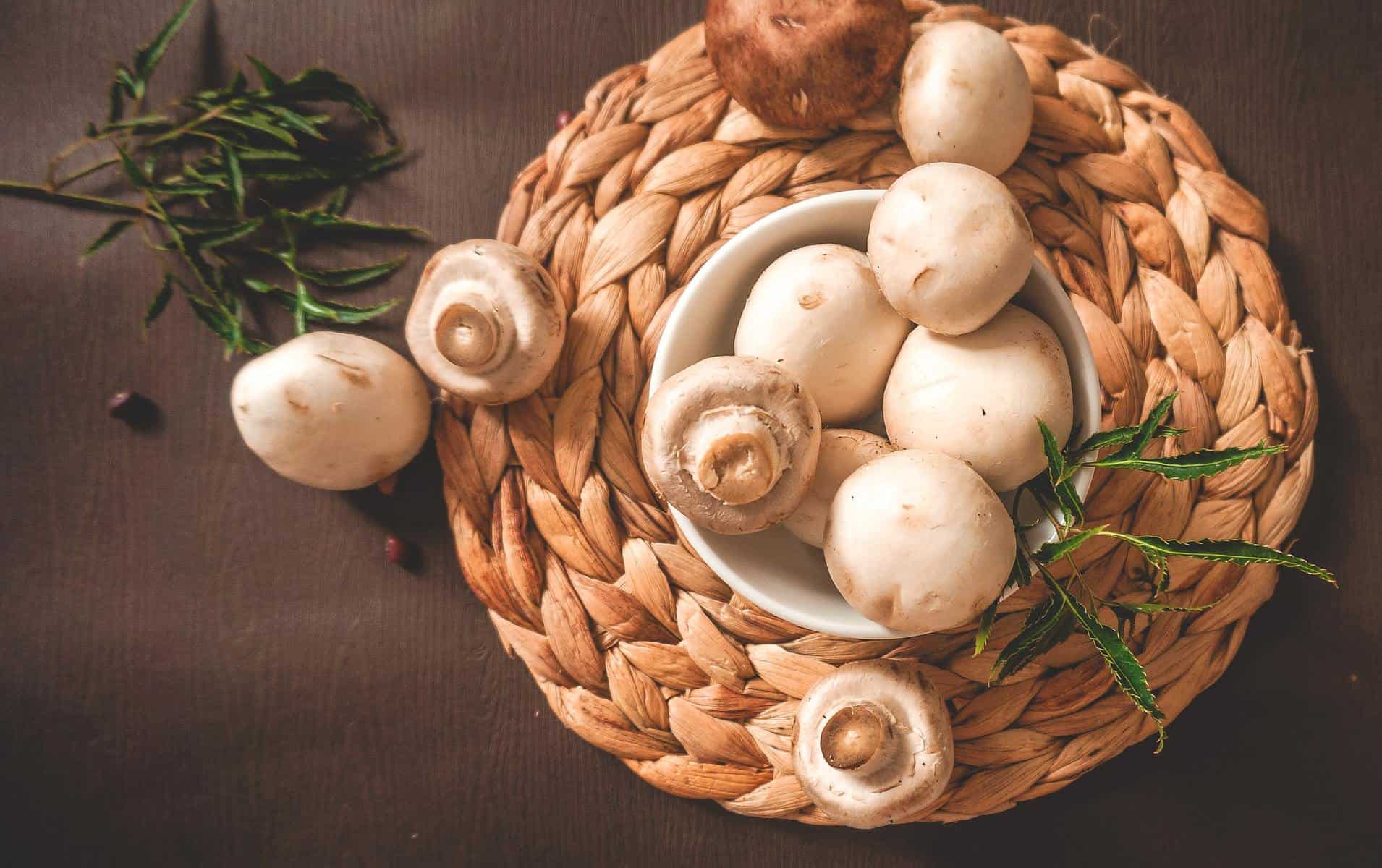
As soon as you’re done with every other step on this list you will need to start looking into breaking out of your “underground” status and instead go for the mainstream market.
In order to do this, you will need to employ the following means:
- Use social media to advertise your products. Awesome photos will definitely help you get more exposure and sales.
- Personally contact restaurants, grocery stores and even farmers markets to get their support.
- Look for places that will purchase your imperfect mushrooms, the ones that you couldn’t sell on the market.
Conclusion
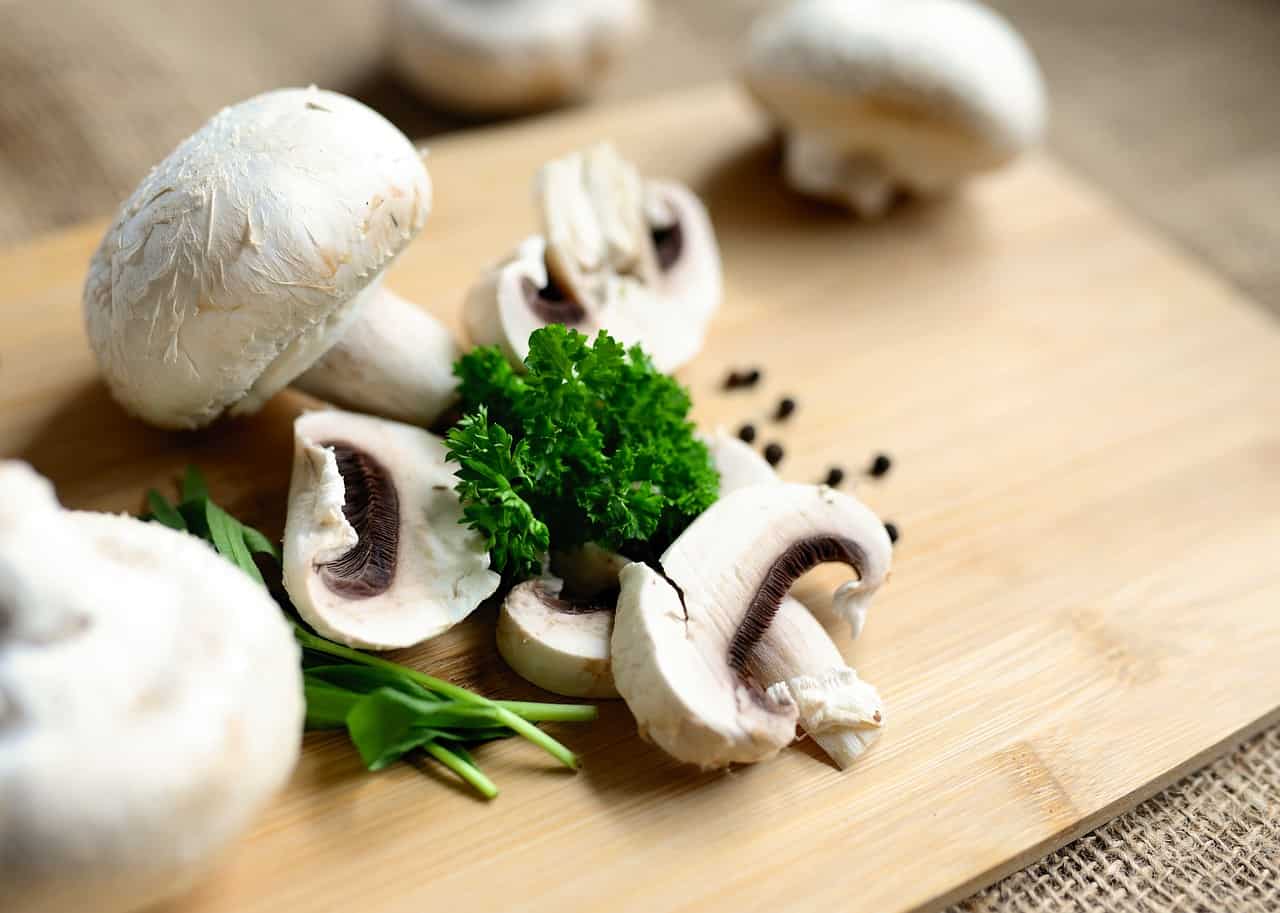
As soon as you’re done with all of those steps you should find yourself on your way up to making it big in the mushroom industry. As we mentioned previously, the best thing about it is by far the fact that it is such a niche that most people don’t actually think of it when looking to become full-time farmers, meaning that there is a lot less competition than you’d think.
On top of that you can easily start up with a very low budget and you can build up your business from that point on, making more and more and investing more of that into it until you can make a decent living off of it.
It won’t be easy, but as long as you enjoy doing it, you’ll pull through. So, for now, just remember, as long as your heart is in it, you cannot do wrong by it.

